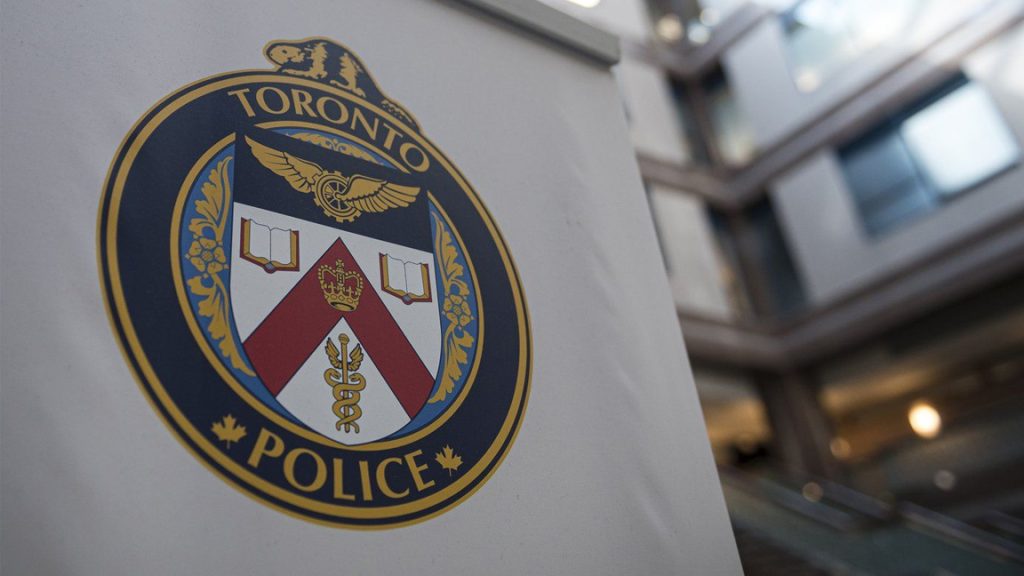Coronavirus public health Q&A with Dr. Vinita Dubey (Sep. 23)
Posted September 20, 2020 12:12 pm.
Last Updated October 12, 2020 12:56 pm.
We know you have questions about the ongoing coronavirus pandemic and we’re working to get you the answers, straight from the most trusted sources.
Toronto’s Associate Medical Officer of Health, Dr. Vinita Dubey, answered your COVID-19 related questions in a LIVE video interview on Wednesday, Sept. 23 at 12:30 p.m. on our Facebook page as well as here on our website.
Here are a few questions Dr. Dubey addressed:
(Questions were moderated and have been edited for grammar, punctuation and clarity)
Q: Why is the long term care workplace still deemed safe when a resident catches COVID-19? Why have the facilities with resident cases not been deemed an unsafe workplace?
A: As soon as there’s a case that’s identified in a long term care home — it can be a staff or a resident — automatically with one case in that facility, it’s actually declared an outbreak.
There are already added public health precautions for day to day in the long term care homes. But when there’s one case identified, now the precautions are increased. And so that’s what continues to make it a safer place because there’s more PPE requirements, there may be more cohorting. Depending upon the situation, residents may not go down to eat their food — they may have dining service in their rooms, for example. So there are a number of interventions that are put in place when a case is identified to continue to enable that home to be safe.
These are places where people live so we have to do what we can because they actually don’t have choices — that is their home and we have to make sure that their home is as safe as can be.
So In terms of an unsafe work environment — I think the question is what is unsafe about it? Because with PPE, we know that we can actually be quite safe with COVID. So I think that’s another thing to consider, that just having one case doesn’t make it unsafe. We just have to modify what we do in the workplaces to continue to allow them to be safe despite the circumstances.
Q: If you have unmasked workers working in the basement and have no contact with them, is there risk of the virus spreading from a possibly infected worker through the air conditioning system?
A: This question is about how the virus is spread. Is it spread through ventilation systems? Right now, we don’t think that the virus has spread through ventilation systems. And I always say “right now,” because we’re continuing to learn more and more about the virus.
Airborne spread in a community setting is not considered a predominant way or even known to spread the virus.
If you had close contact with the workers and they weren’t wearing masks, that I would say would be a risk if they were working in your basement.
Then after they leave and you go down into the basement, I would certainly recommend that you conduct cleaning and disinfection because the surfaces could be contaminated.
I think in general though, keeping windows open, allowing additional ventilation is not a bad idea, but I don’t think that you have to be worried that the air in the basement could be contaminated and can come up through the vent system and infect you.
There has been no evidence for that kind of spread. The kind of spread that we’ve seen related to air is for example, an air conditioner or say a fan where someone is sitting there and then it’s blowing air and that air is blown with the droplets directly onto someone.
Q: Ontario has started pooling samples of three to increase testing capacity and it looks like if one of them tests positive than all of them are considered positive. This would mean that the number of cases has gone up a lot based on false positives. Can public health explain this method?
A: I’m not sure that the numbers have gone up based on false positives by this.
What it means is that if you have three tests, instead of doing each test separately, now you’re putting them together, to be tested together. If the pooled test comes back negative, it means that all three samples are negative. But if the pooled test comes back positive — you don’t know which of the three samples is positive. So then you have to pull that batch out and do each individual one separately to find out which one is positive. So that’s the thinking behind pooled testing.
And there will be lab mechanisms in place to make sure that there hasn’t been contamination, so that those three original samples are still there and they haven’t cross-contaminated and can be tested individually.
Right now we’re doing batches of three — the idea is to gain efficiency. If you do a batch, they’re negative, you put it aside and you move on then, even over 30 that’s only 10 times you’ll have to test groups compared to 30 times.
Q: How can someone get tested for COVID-19 even if they are asymptomatic?
A: The recommendation is that you get tested if you have symptoms, even mild symptoms like even a stuffy nose or runny nose, a sore throat, a cough, something that’s new — get tested for sure.
If you have no symptoms, but you were in close contact with someone who had COVID — so either you got a ping on the app, or one of your friends who you didn’t physically distance with got COVID — that would be a recommendation to get tested.
We’re not recommending that anyone without symptoms get tested. There are some workplaces where it’s required, like long term care homes. They are required to get tested when they’re asymptomatic, but we’re not recommending it routinely for everyone.
Part of it is related to — what are you going to do with the results? How often is it going to be positive? And then also saving the lab capacity. We’ve seen with schools opening kids have some of these symptoms and they need to get tested. So we want our lab capacity right now to be utilized for people who have symptoms, first and foremost.
There’s also this concern that people who are asymptomatic are getting tested and using it as a badge of clearance — Okay, I’m clear. Now I can go away to that cottage or now I can go to that friend’s party. And that’s certainly not the way that the test is intended to be used.
Watch the full interview with web writer Dilshad Burman in conversation with Dr. Vinita Dubey in the video above.
Scroll through the questions submitted to this session below.
Note: questions were moderated before appearing in the chat window










